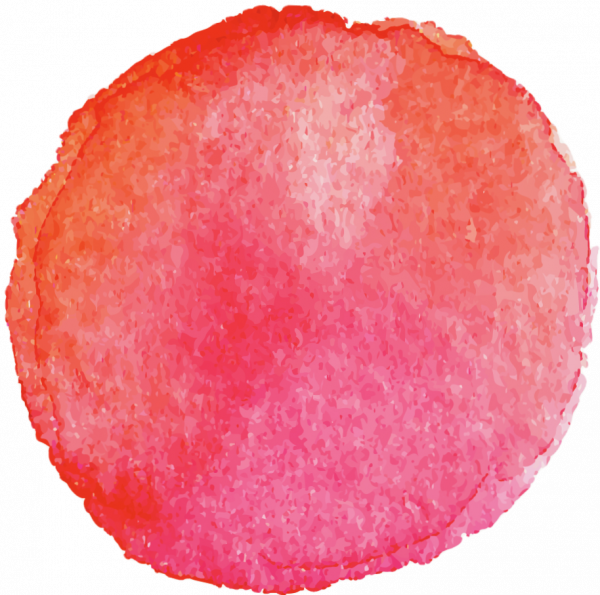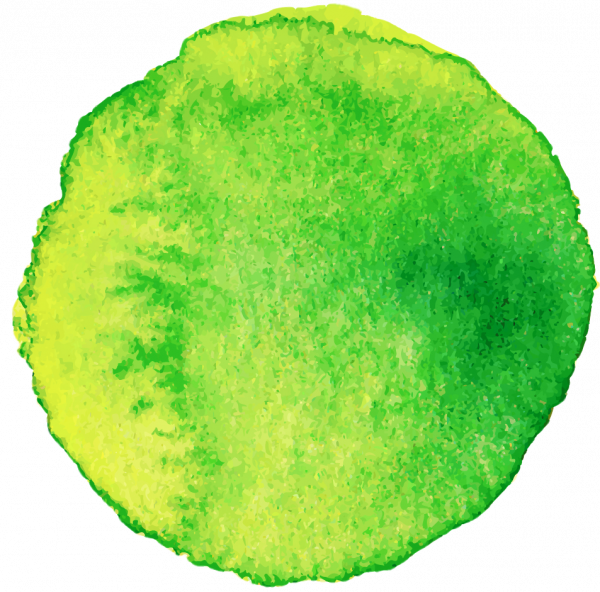Teaching research as a maker

The way Simona teaches research, is not the way research was taught to her. It was always very theorised. She noticed that research is something you practice, you do. For her research is a way of figuring out how to do something, or discover something. It is not about theory, as such.
“When I started teaching research, I was like: I’m going to teach it as a maker and not as a theoretician. I’m sure there are theories about this, but that’s not my expertise. So, most of my education consists of doing all sorts of design exercises. I create exercises for students to experience specific parts of research. To get to know their own process through an exercise. Some students take it and run with it, some discover something completely different. I never really know in advance what they are going to do with it, I just moderate. The goal is to spark their curiosity. And to let them discover that there is a way to structure your process, and there’s a way to structure your discovery. And that researching is doing things in a structured way.
The most energetic session I do is the ‘prototyping session’. I work with a group of students. In advance I ask them to describe a design problem or something they are struggling with in the form of an assignment for their fellow students. The materials they can work with during the session are papers and scissors, only analog things. They’re going to think with their hands.
Basically, the students work in groups of six or seven students, and each of them has a 1 minute or so to introduce whatever it is they are bothered about. It doesn’t need to be a specific design problem. It can also be just a small part in their process. Then, a question is being formulated, in relation to the issues raised, such as: ‘can you prototype an interactive situation where two people have a dialogue through touch?’ Everyone then tries to prototype the situation by hand, in 10 minutes. Another 10 minutes are being used for the students to present to each other what they have made. So, all these prototypes become part of their collective knowledge. A lot of ideas are being raised.
When students got stuck in the assignments, I just moderate. I try to challenge them to describe what they’re doing in a different dimension or medium. ‘How can this poster feel as if you’re watching a moving image?’ ‘Or how can this website feel like you’re moving through an architectural space?’ In my own work, I like to reframe my design in such ways and to use memories, principles or limitations from a different space.
I also ask students sometimes to write. Some people really try to integrate theory or philosophy, but others are makers. They can only think by making. I try to seduce makers to also read once in a while. But some do, some don’t and that’s fine.”
Lees ook: Prototyping als een onderzoeksmethode

